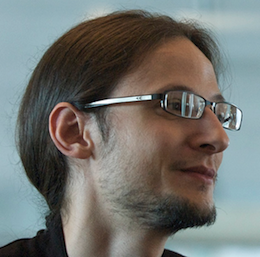An Interview With Laurent Sansonetti
 |
| Laurent Sansonetti created RubyMotion |
It was only last April when Laurent Sansonetti captured the imagination of the entire Ruby community with RubyMotion. For the first time Ruby developers were able to write apps directly for the iOS mobile platform using the language we all know and love. Now there is no longer a need to learn the archaic, verbose Objective-C language, or worse yet to learn to navigate the confusing myriad of windows and dialog boxes in the XCode IDE. We can just bring the magic of Ruby to iOS, using our favorite tools: VIM, Sublime or Emacs with our usual command line based workflow.
I was thrilled earlier this month when Laurent agreed to do an interview with me for RubySource. I was able to learn more about RubyMotion directly from its inventor. Since I had so many questions, I’ve divided the interview into two halves. In the first half, I ask Laurent some basic questions: What is RubyMotion, exactly? What does it do? How should we use it? Is writing Ruby for iOS any different from writing a “normal” Ruby app?
The second half of the interview is a bit more technical: How does RubyMotion work, exactly? How does Laurent use the LLVM framework to compile Ruby code into a static executable? How does it differ from the way MacRuby and Rubinius work? I love learning about Ruby internals, and RubyMotion is certainly a unique and fascinating implementation of Ruby.

